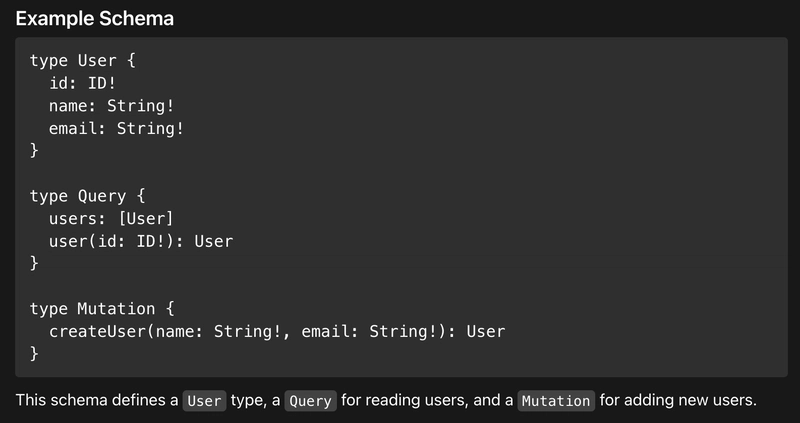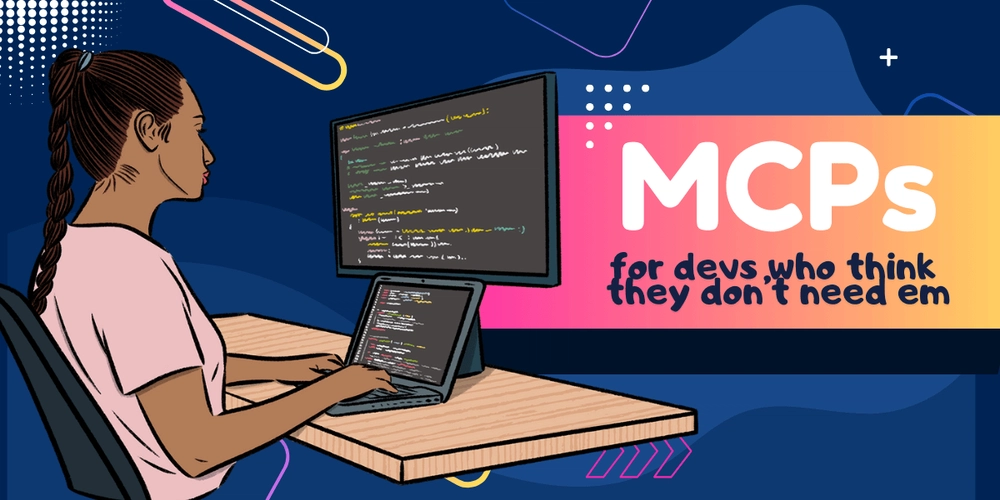GraphQL is a powerful query language for APIs and a runtime for executing those queries. Developed by Facebook, GraphQL provides a more flexible and efficient way to interact with data compared to traditional REST APIs. Here’s a beginner-friendly overview with examples.
What is GraphQL?
GraphQL is a query language that allows clients to specify exactly what data they need from an API. Instead of multiple endpoints, GraphQL uses a single endpoint and provides data in a predictable structure.
Key Benefits:
- Single Endpoint: All requests are sent to one endpoint.
- Efficient: Clients only receive the data they ask for.
- Strongly Typed: The schema defines types and relationships clearly.
- Flexible: Perfect for frontend apps needing specific data.
Core Concepts
- Schema: Defines the shape of your data (types, fields, and relationships).
- Query: The read operation to fetch data.
- Mutation: Used to modify or add data.
- Resolver: Functions that handle fetching or modifying data for each field.
Why Use GraphQL?
- Great for mobile and frontend apps needing efficient data fetching.
- Reduces over-fetching and under-fetching common in REST APIs.
- Makes APIs self-documenting through schemas and introspection.
Getting Started
- Server: Apollo Server, GraphQL Yoga.
- Client: Apollo Client, Relay.
- Tools: GraphiQL or GraphQL Playground for testing queries.
Conclusion
GraphQL is an essential tool for modern web development, offering flexibility and efficiency in data handling. By learning its schema, queries, and mutations, developers can build powerful, scalable APIs. Start experimenting with tools like Apollo to see how GraphQL can enhance your projects.





